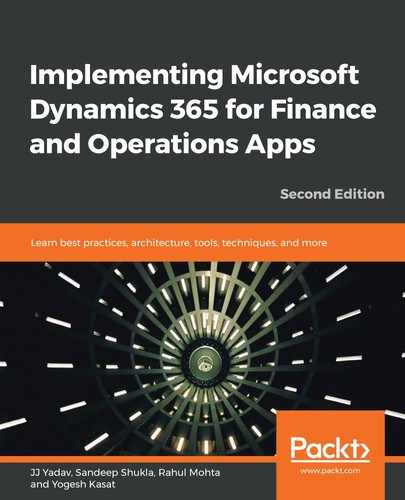In this chapter, we started by understanding the basics of gathering the BI and reporting requirements. We explored various reporting scenarios and features, such as operational reporting, financial reporting, and regulatory and tax reporting. We discovered various tools that are available out of the box in Dynamics 365 for Finance and Operations to solve these reporting scenarios. With additional capabilities delivered from modern reports, ER, and financial or management reporting, it becomes a full-suite analytics tool to make information available on time and in the medium of your choice.
We learned how Finance and Operations enables Power BI integration with the Entity store and BYOD as well as future investments from Microsoft to enable enterprise data warehouse and big data analytics integration with Azure Data Lake. With the data feeds service, Finance and Operations will be able to push raw table data into Azure Data Lake that can then be cleansed, enriched, and transformed using the Microsoft Azure Data platform for reporting using Power BI.
Analytics, as a subject, is evolving much faster than any other area; hence, we recommend that you always leverage tools and services offered by Microsoft rather than building them as this increases their agility and accuracy.
In the next chapter, we will focus on another important topic in ERP: go-live and post go-live.
